A mega stadium in Morocco to take the 2030 World Cup final away from the Bernabéu
The outline of the new stadium in Casablanca with a capacity of 115,000 spectators has been announced. It is the main threat to snatch the World Cup final from the Bernabéu. Camp Nou is also in the running.
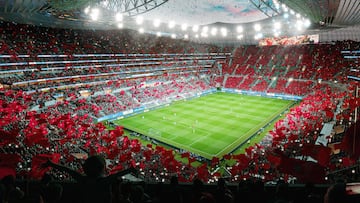
The 2030 World Cup dossier submitted by the Iberian-Moroccan candidacy to FIFA a few days ago proposed three candidate stadiums to host the final of the tournament: the newly-remodeled Santiago Bernabéu - the preferred and favorite for many, Camp Nou and Casablanca stadium. The latter, newly built, is the Moroccan federation’s big bet to convince FIFA that the match that decides the title will be played there instead of in Madrid, as everything indicates.
Hassan II stadium will have a larger capacity
In the last few hours, images of the impressive project have come to light, which will have a final capacity of 115,000 - more than both the Bernabéu and Camp Nou even after that latter’s remodeling is complete. The great Hassan II stadium, as it will be called, will be located on the outskirts of the city and will be made up of several adjoining enclosures that will support the main one. It will be the largest football pitch in the world.
The roof will be made of aluminium and each end will hold 30,000 spectators, as well as the five-ring-high stands, which will accommodate the rest of the fans until the capacity is full. The stadium was designed by the firm Populous, which is also responsible for designing the new Old Trafford. French architects Oualalou+Choi collaborated.
Designed by Populous in partnership with Paris-based architects Oualalou + Choi, the spectacular 115,000-capacity Stade Hassan II in Casablanca, Morocco, will be the largest football stadium in the world.
— Populous (@Populous) August 21, 2024
Read more: https://t.co/Y7Yh5NaOQi pic.twitter.com/hrNyKFXyzw
“The Hassan II Stadium is deeply rooted in Moroccan culture, with its traditions and contemporary expressions,” said Tarik Oualalou, Design Director and Founding Partner of Oualalou+Choi and lead architect on the project. “It is rooted in ancient and primordial figures – the museum, the shop and the garden – as well as in the topography and landscapes of Morocco. It is a generous space, open to the world and respectful of the nature it protects. It is the embodiment of the great tradition of Moroccan hospitality,” he said.
The entire stadium-related land will cover 100 hectares and will be located north of Casablanca, one of Morocco’s main cities. One of the most distinctive features of the Hassan II will be its use of vegetation. The stadium will be surrounded by botanical gardens that will create an oasis of peace within the urban environment; the architects integrated these gardens into the stadium design, with lush landscaping visible from the stands and concourses.
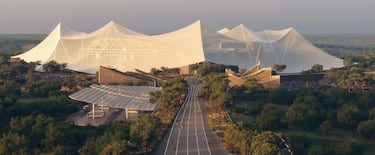
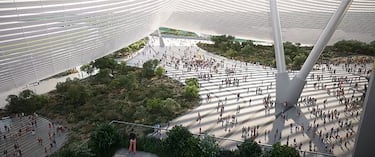
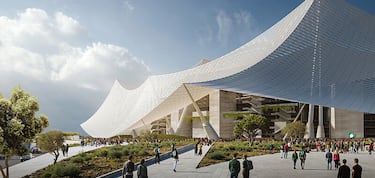
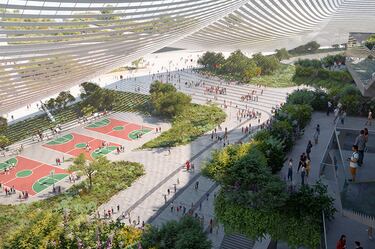

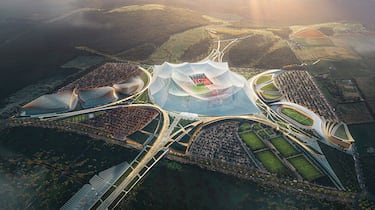
The Moroccan government and state-owned fund CDG have agreed a deal to finance the new stadium for a total cost of around $500 million, which would become the biggest soccer ground in Africa and the second largest in the world. It is expected that construction will be completed by 2028.
Related stories

Spain confirm 11 host venues for the 2030 World Cup

"Minimal risk" of Spain losing the 2030 World Cup
In addition to the new stadium, Morocco’s World Cup proposal includes the renovation of five other venues which have already been selected to host games, in Tangier, Rabat, Agadir, Marrakech and Fez.
Although Morocco plan to carry out work, in one way or another, on six different stadiums, it is possible only five of them will be used at World Cup 2030. Portugal have already settled on three, while Spain confirmed the 11 Spanish venues for the 2030 World Cup in their proposal submitted to FIFA.
Complete your personal details to comment